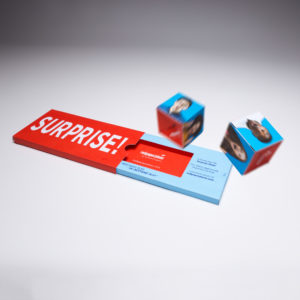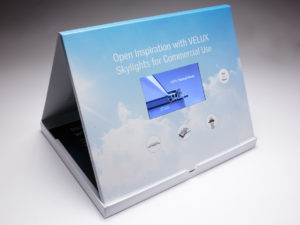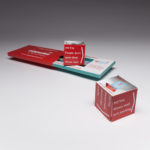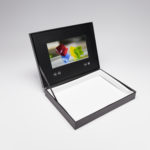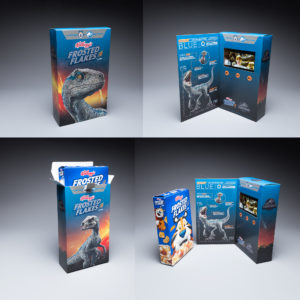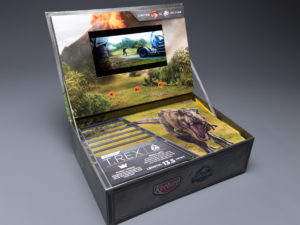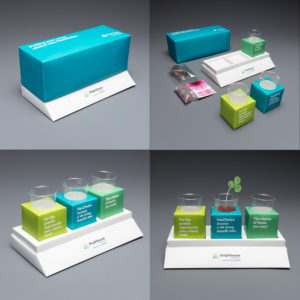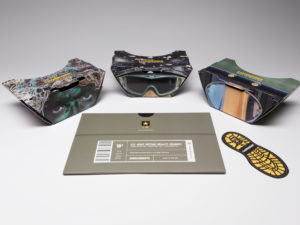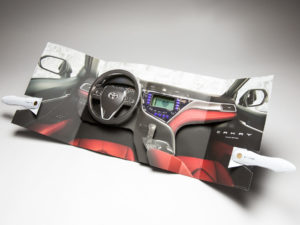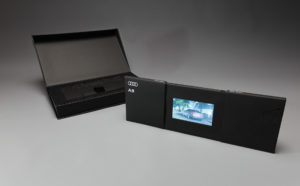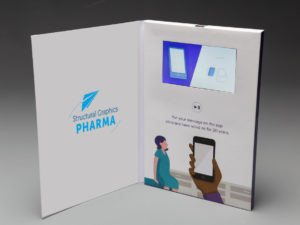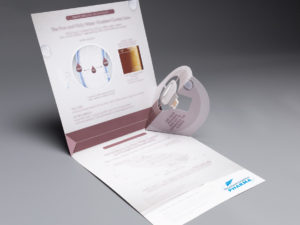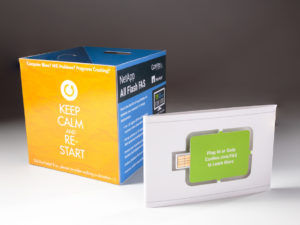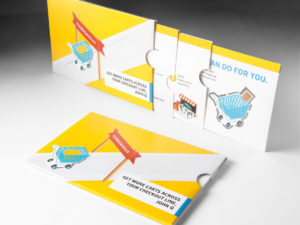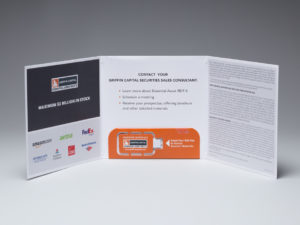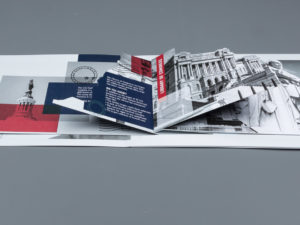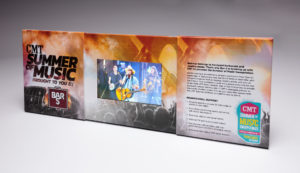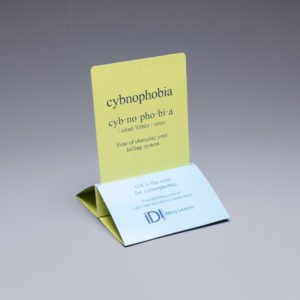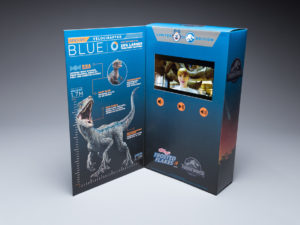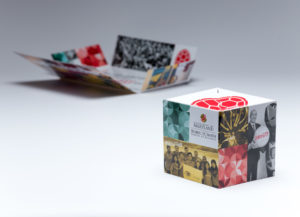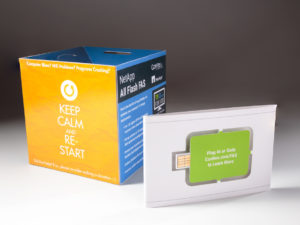Are you a marketer who sees the value of direct mail marketing, but aren’t quite sure where it would be most effective with your brand or business? Here at Structural Graphics, we like to think of ourselves as direct mail experts and have put together a few quick tips for incorporating it into your next campaign.
Start with a goal in mind. Do you want to drive virtual event attendance? Website hits? Lead Generation? Whatever it is you’re setting out to achieve, make sure you outline your objective in detail and consider what a successful execution of your campaign would look like. From there, determine your budget, audience and time frame.
Now, make it pop (literally). Two-dimensional direct mail pieces are a thing of the past. To really capture the attention of your target audience, consider going the dimensional route with a Pop Up Cube, VR Viewer or Video Mailer. These designs are now easier than ever to find and have the ability to surprise and delight where a generic postcard just can’t. At Structural Graphics, and our online design-it-yourself offering, Red Paper Plane, you’re in the driver’s seat and can customize the dimensional design of your choice with logos, colors, copy, and graphics unique to your brand.
Finally, send and track. To get the most out of your direct mail pieces, we highly suggest using a detailed approach to tracking them. You put all that time into making sure they perfectly reflect your business, after all! Be sure to collect tracking numbers for each of the mailers you send, then create a spreadsheet to keep track of its status. It’s also important to include the intended recipient’s name, address, and the sales representative or project manager who is responsible for following up.
And that’s it! Follow each of these simple steps and you’ll be a direct mail marketing champ in no time. Give us a call at (860)-767-2661 or send us a message to find out how we can help you get started on your first campaign!
